I went to the Palo Alto Art Center last week and, by sheer luck on timing, I got to see my favorite exhibit: the annual youth art display. It’s my favorite exhibit for two reasons: 1) my work was once shown in this very exhibit in the second grade and 2) there’s something so delicate and deeply felt about extending public validation to children, specifically with their art.
The Palo Alto Art Center is set up with two galleries in the main building, and a host of smaller rooms in the back for classes and events. The galleries are where the majority of the student art is displayed, with earlier grades’ work in the front, progressing to high school work toward the back. The art is framed and professionally displayed with the placard to the side, like any standard exhibit at an art museum.
My work was shown at this exact exhibit over two decades ago. They put my artwork in a frame, a real frame!! Do you know how big of a deal that is for a 7 year old? It meant something. Because public display signals value.
And when we don’t make space for youth art in our galleries, libraries, civic buildings, bus stops, storefronts, hotel lobbies, at home, etc., we’re not just missing an opportunity to celebrate talent (as you will see throughout this post) we’re doing a bang up job of telling young artists that their ideas, their questions, their kooky little monsters and suns with sunglasses in the top-right corner, are worth caring about.
Little league baseball takes up like, 90% of your average suburban park, youth orchestras perform in formal concert halls, and debate tournaments are even livestreamed! I love all these things, and I’m so glad they’re publicized and institutionally supported. But, I know they’re seen as investments or gateways that lead to scholarships and elite college admissions.
Youth art doesn’t carry the same logic.
Youth art is in a double bind. Two forces working against: 1) they're young, and 2) they make art. Independently, either of these are usually challenging to receive public attention and respect. Together, they basically guarantee invisibility.
Adult artists (even though they’re often under-resourced) can still find pathways into galleries, grants, and critical attention because we’ve accepted art as a serious ~adult pursuit. Youth, as mentioned above, can gain visibility in sports or music because these fields have systems that reward early excellence.
Also, as we all know, art is undervalued in school. It’s typically the first thing to go with budget cuts, and rarely treated as an essential subject outside of elementary school. Then, as we grow older, art becomes this form of luxury in walled off galleries and collections of the 1%. We treat art like a burden when it’s free and a status symbol once it’s commodified.
To step off my little soap box, youth art doesn’t need a pipeline, it just needs a wall.

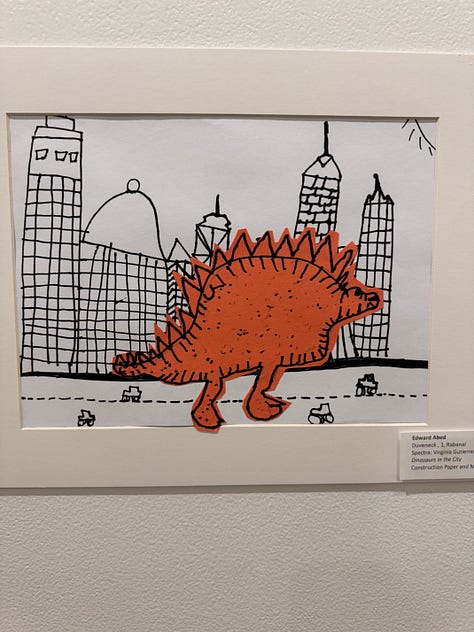
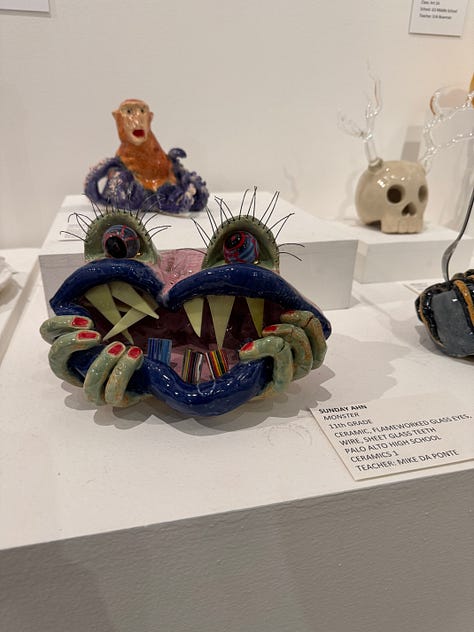
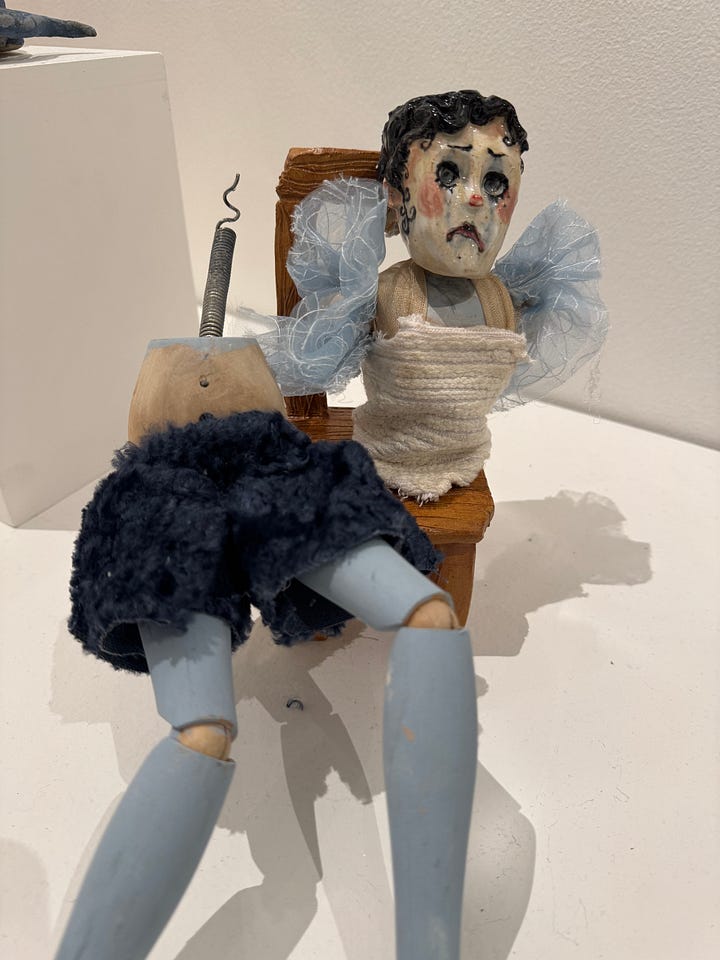
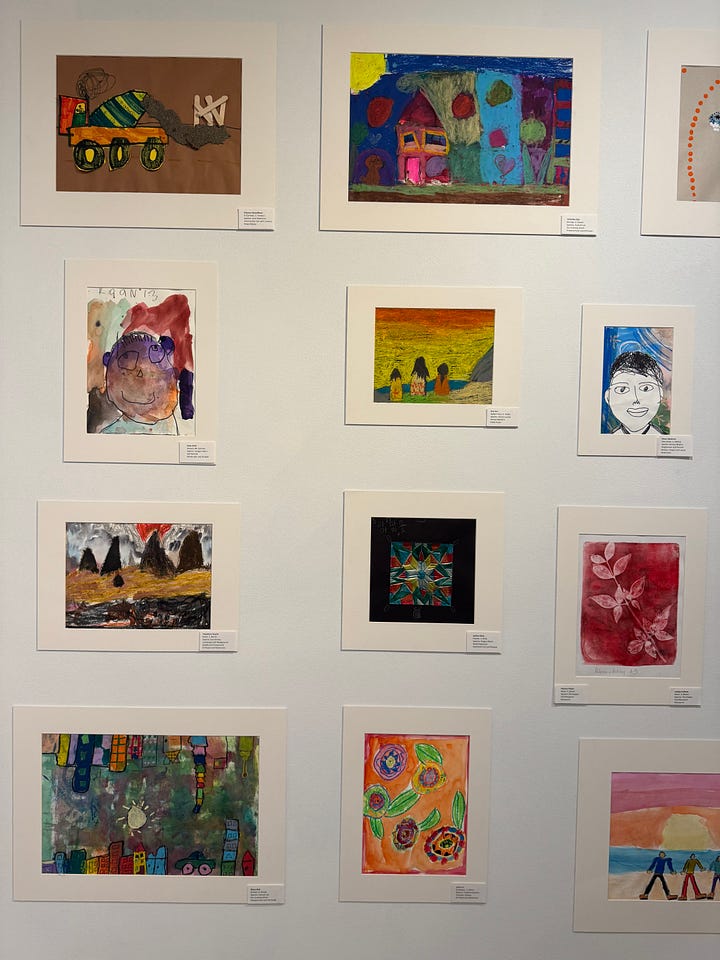
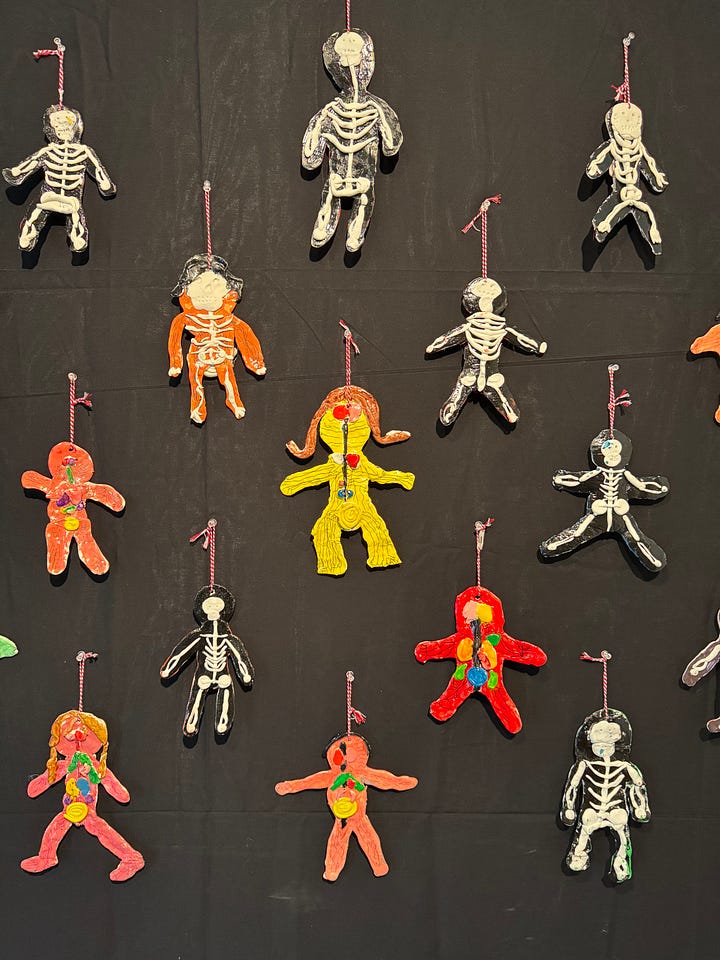
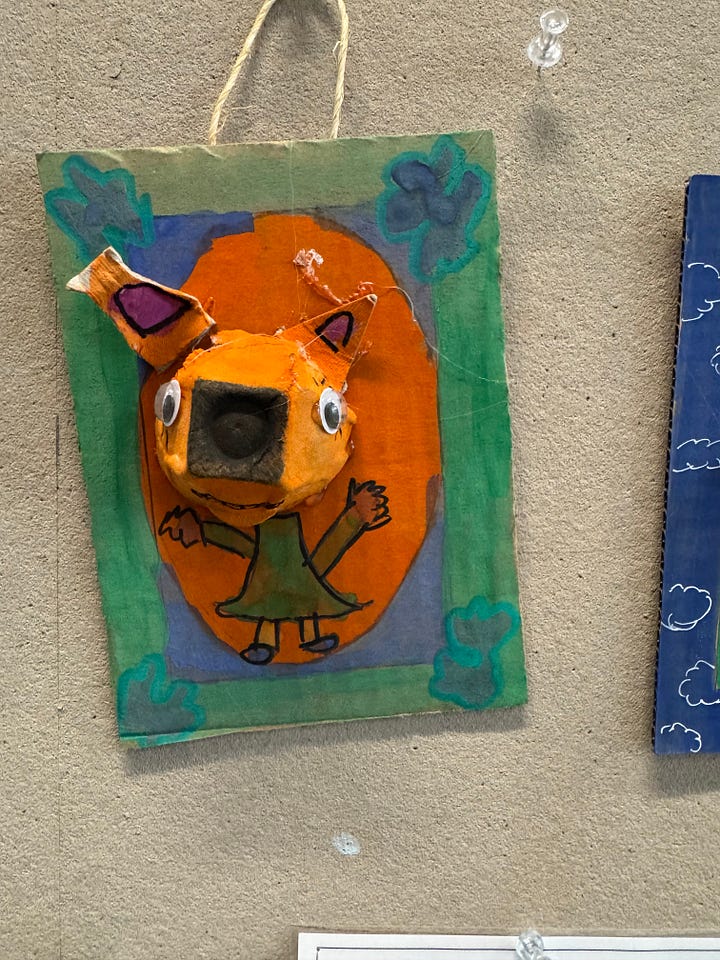
Some youth art to reference or check out
Threaded by Our Youth, New Museum, New York
Hartsfield-Jackson International Airport, Terminal T and E
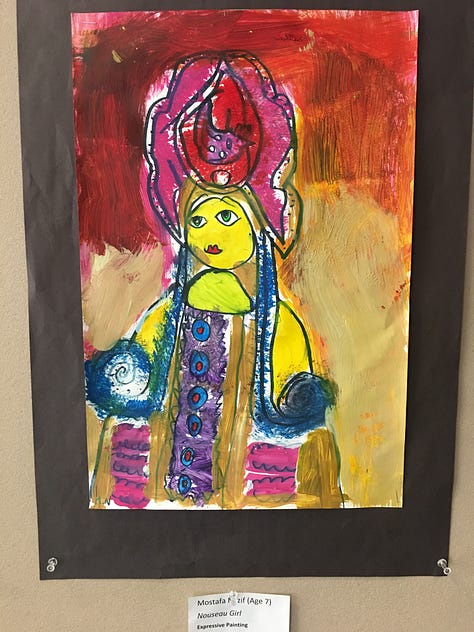
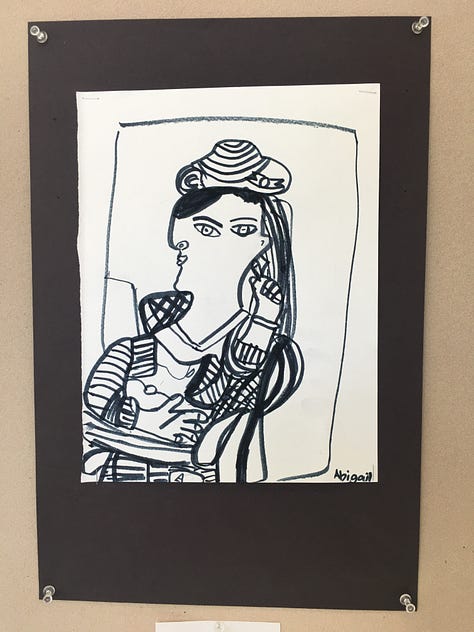
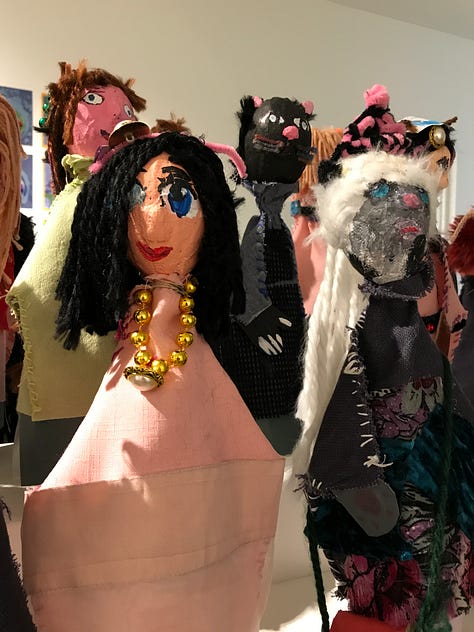
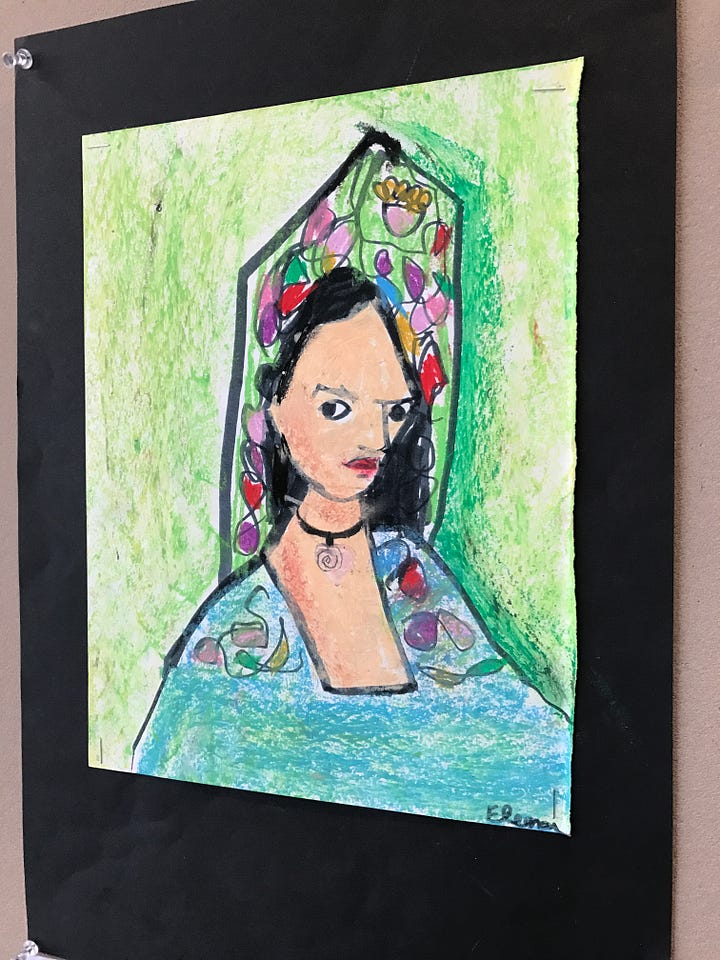
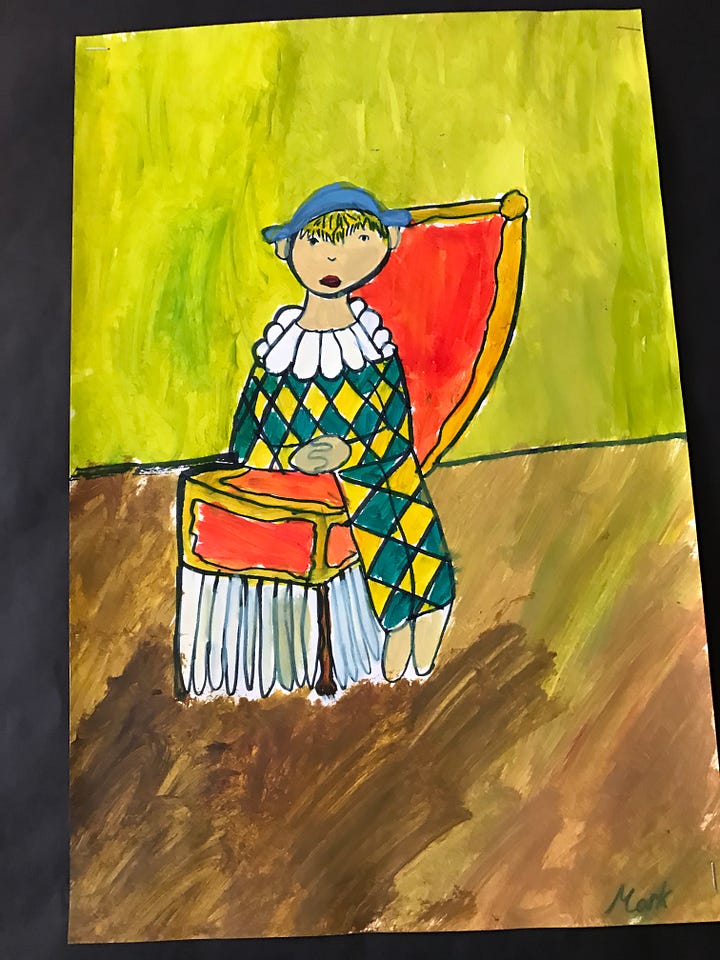
Study notes
Origins of the public art museum…”According to Paul, public art museums began to spring up all over Europe, especially in Italy (the Uffizi Gallery in Florence is one example), earlier in the 18th century, which places the Louvre farther back in line rather than front and center.”
A detailed look at Massimo Vingelli’s Unigrid, the design system for the National Park Service. I love when I’m reminded that this world is often made up of beautifully designed grids
Let’s Talk About ChatGPT and Cheating in the Classroom…”So there was a great anecdote in this New York Magazine story about asking the LLM to make you sound like a college student who's kind of dumb, which is amazing. It's like maybe you don't need the A plus, maybe you're OK getting the C plus or the B minus. And so you set the expectations low, which reduces your risk, in theory, of getting caught cheating.”
American Schools Were Deeply Unprepared for ChatGPT, Public Records Show








